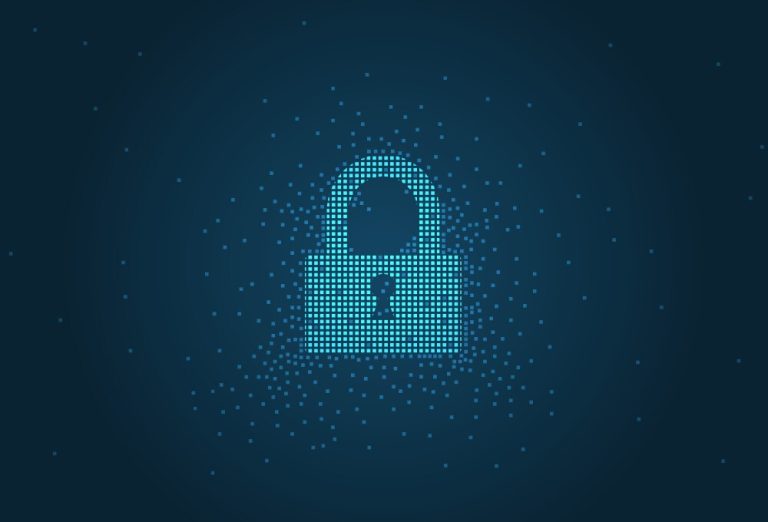Security Devices
Security devices are essential for protecting against various threats. They include surveillance cameras, access control systems, firewalls, and antivirus software, all of which create a strong defense. By utilizing advanced technologies like biometrics and encryption, these devices ensure the integrity of both physical and digital domains.
Additionally, they act as vigilant guardians, detecting and thwarting unauthorized access, cyber attacks, and other risks. In today’s evolving threat landscape, investing in reliable security devices is crucial for individuals and organizations alike. This investment fosters a secure environment and protects sensitive information from potential breaches.
In summary, enhancing your security infrastructure with these tools not only addresses immediate threats but also ensures long-term safety and peace of mind. Prioritizing the implementation of security devices significantly strengthens your overall security posture.

Range of Devices
Surveillance Cameras: These devices monitor and record activities, enhancing security. Additionally, they aid in deterrence and provide high-quality video footage for post-incident analysis.
Access Control Systems: By regulating entry to premises, these systems use key cards or biometrics. Consequently, they ensure that only authorized individuals can access designated areas, heightening security.
Firewalls: Acting as barriers, firewalls protect trusted internal networks from untrusted external networks. They prevent unauthorized access while safeguarding against various cyber threats.
Intrusion Detection Systems (IDS): IDS monitor network or system activities, identifying suspicious behavior. As a result, they alert administrators to potential security breaches for prompt response and mitigation.
Antivirus Software: This software safeguards computer systems by detecting and removing malicious software. Thus, it protects against viruses, malware, and other cyber threats.
Biometric Devices: These devices authenticate users based on unique physiological characteristics, such as fingerprints or facial recognition. Therefore, they significantly enhance access control security.
Motion Sensors: Motion sensors trigger alarms or surveillance when they detect movement. This feature provides an additional layer of security for residential and commercial properties.
Encryption Devices: By converting sensitive data into a coded format, encryption devices safeguard information. Consequently, only authorized parties can decrypt and access this data.
Security Tokens: These generate one-time passwords for secure user authentication. Thus, they add an extra layer of protection to sensitive accounts and systems.
Smart Locks: Smart locks utilize digital or biometric methods for access control. As a result, they enhance physical security while providing keyless entry options.
Security Alarms: These alarms emit alerts in response to unauthorized access. Consequently, they act as deterrents while notifying occupants or authorities of security breaches.
Network Firewalls: Network firewalls filter and monitor traffic, blocking or allowing data packets based on security rules. Therefore, they bolster overall network security.